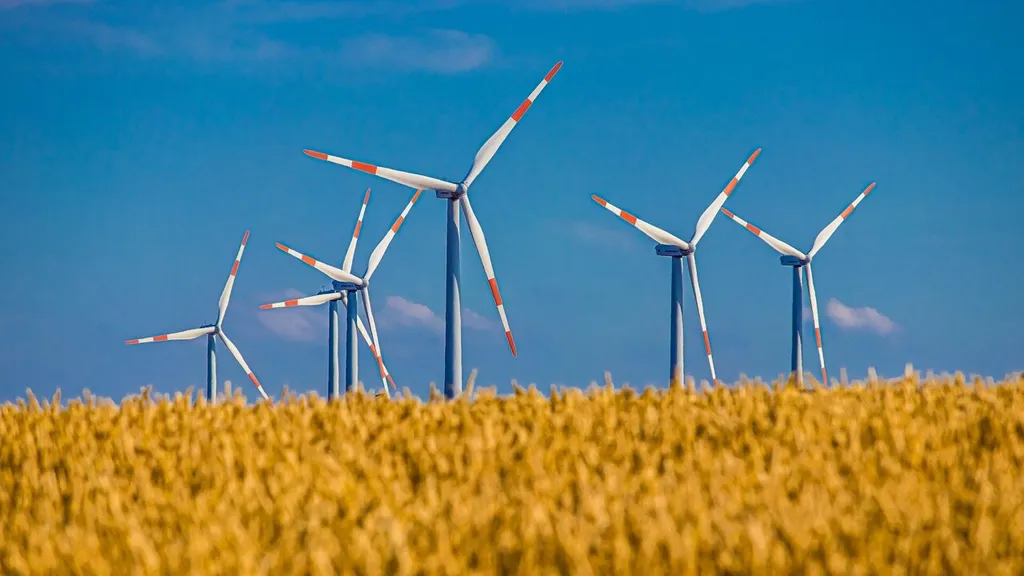In the quest to balance renewable energy expansion with environmental conservation, a recent study published in *Communications Earth & Environment* sheds light on how land use can significantly impact the greenhouse gas (GHG) mitigation benefits of wind energy farms. The research, led by Kang Xu from the Jiangsu Key Laboratory for Recognition and Remediation of Emerging Pollutants in Taihu Basin at Wuxi University, explores the life cycle assessment (LCA) of three typical wind farms situated in forest, grassland, and desert ecosystems.
The study reveals that land-use change (LUC) during the installation and operation of wind farms can either amplify or diminish their environmental benefits. For instance, the forest wind farm saw LUC contributing to 37.9% of its life cycle emissions, a stark contrast to the grassland (4.3%) and desert (1.2%) farms. This discrepancy underscores the importance of strategic planning in wind farm deployment to minimize ecological disruption.
“Our findings highlight the critical role of land use in determining the overall environmental impact of wind energy projects,” said lead author Kang Xu. “By carefully selecting sites and implementing mitigation measures, we can significantly enhance the sustainability of wind energy.”
The research also identified grassland deployment as a triple win, offering the highest energy return, lowest land-use intensity, and lowest GHG emissions. This insight could guide future wind farm developments, particularly in regions where grasslands are prevalent, potentially benefiting both the energy and agriculture sectors.
For the agriculture sector, this study presents a unique opportunity. Wind farms deployed on grasslands can coexist with agricultural activities, such as livestock grazing, without competing for land. This synergy could open new revenue streams for farmers and promote a more integrated approach to land use.
Moreover, the study found that with appropriate mitigation measures, all wind farms can achieve low emission intensity (below 5 g CO2-eq kWh−1), effectively reducing land-use and ecosystem-based emission intensity differences. This adaptability suggests that wind energy can be a versatile and sustainable solution across various ecosystems.
As the world grapples with the dual challenges of climate change and energy demand, this research offers a roadmap for more sustainable wind energy development. By considering land use impacts, stakeholders can make informed decisions that balance energy needs with environmental conservation.
The study, published in *Communications Earth & Environment*, provides a comprehensive analysis that could shape future policies and practices in the renewable energy sector. As Kang Xu and his team continue to explore these dynamics, their work underscores the importance of interdisciplinary research in addressing global energy and environmental challenges.

